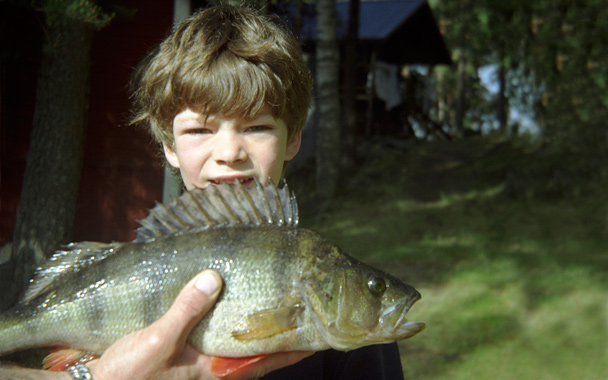The gastronomic highlight of my 1960s childhood was when Dad would take us to my favorite restaurant, the late, legendary Phil Schmidt’s in Hammond, Ind., on the southern shore of Lake Michigan. There was no need to consult a menu. Like most of the customers, I always ordered perch fillets served still sizzling in melted butter.
Although we were blissfully unaware of it at the time, the fish were also most likely liberally seasoned with polychlorinated biphenyls (PCBs) and Dichlorodiphenydichloroethylene (DDE), the result of broken-down DDT. I survived the chemicals (and all that melted butter), but like others who ate fish from the polluted Great Lakes, I may well have carried heavy burdens of chemical residue in my body.
Now, three decades after DDT and PCBs were banned, there is good news. A University of Wisconsin study published in this month’s issue of the journal Environmental Research shows that there has been a dramatic reduction in the blood levels of toxins in fish-eating subjects who were tested between 1994 and 1995 and between 2001 and 2005. DDT concentrations in the same subjects dropped 43 percent and PCB concentrations dropped 33 percent over the period.
Today, I live near Lake Champlain (which has its own chemical-contamination issues), but I still have a fondness for freshwater fish and dine regularly on perch and lake trout that I catch myself. So while I am pleased to learn that bans on chemical toxins are having positive effects, I was taken aback to find that the highest DDT and PCB concentrations found by the researchers were (gulp) in older males who fish.




 Pinterest
Pinterest


